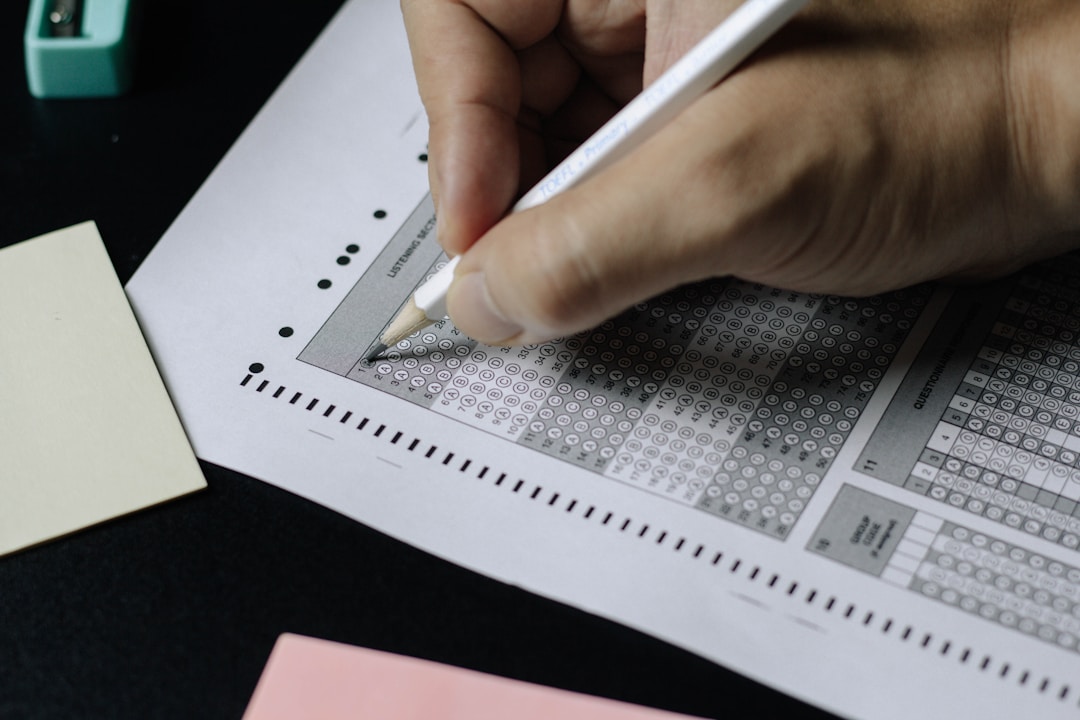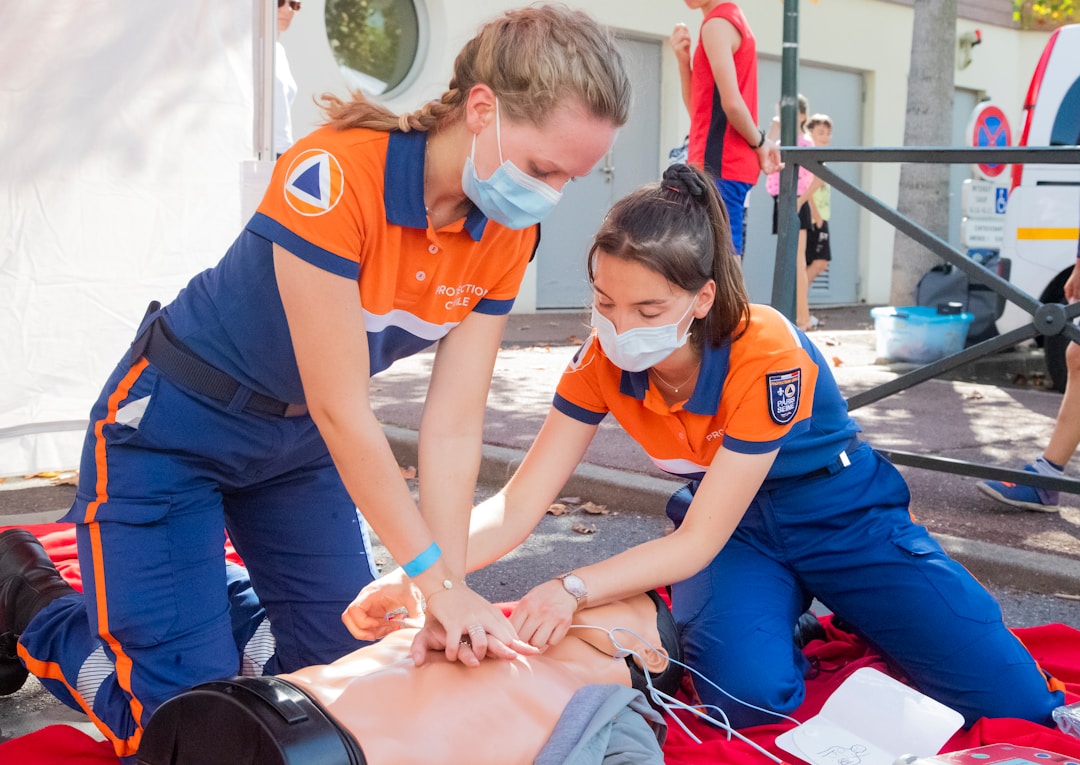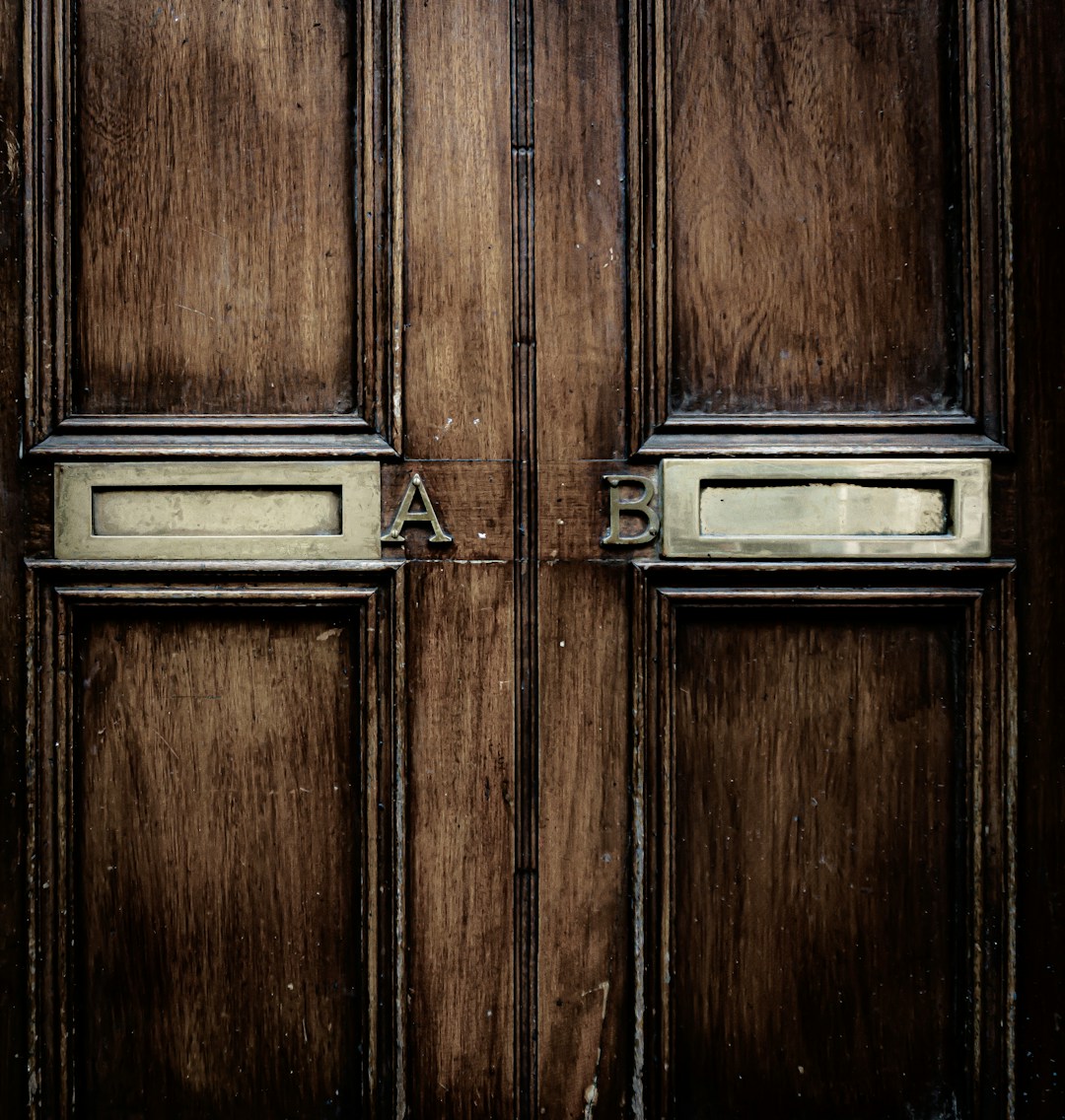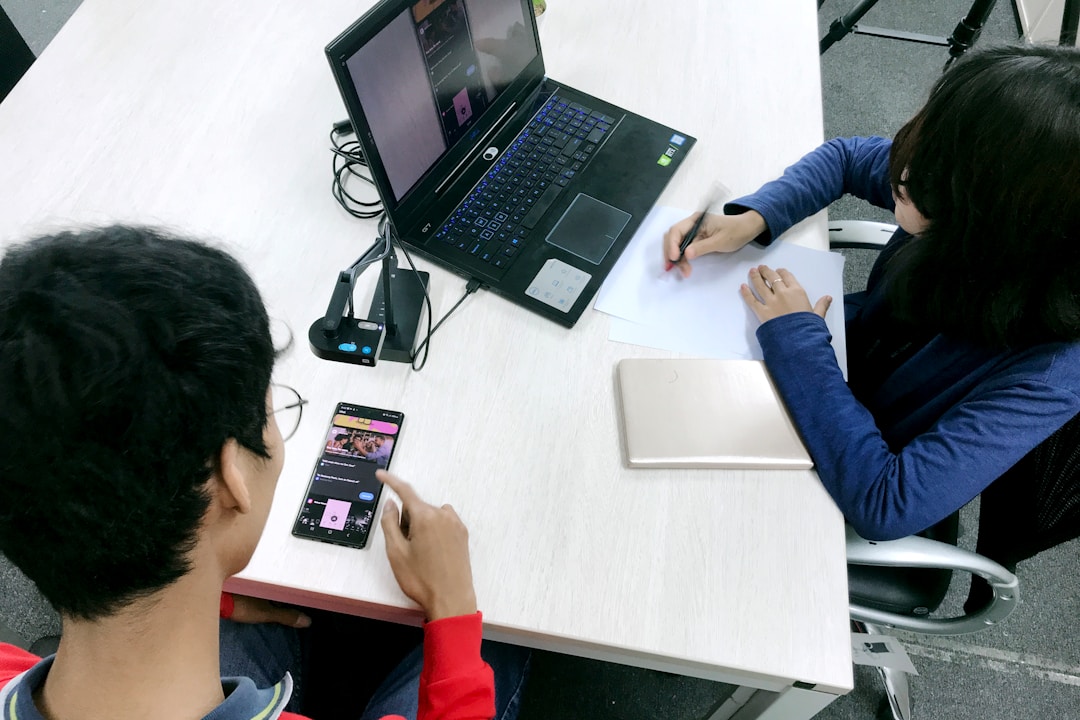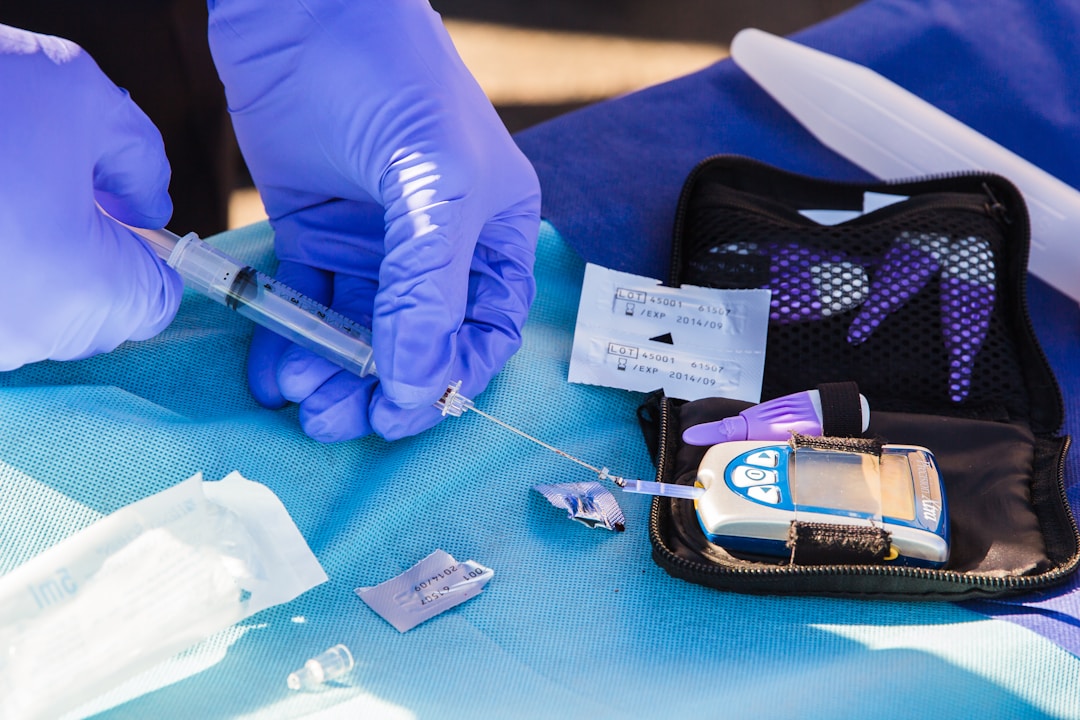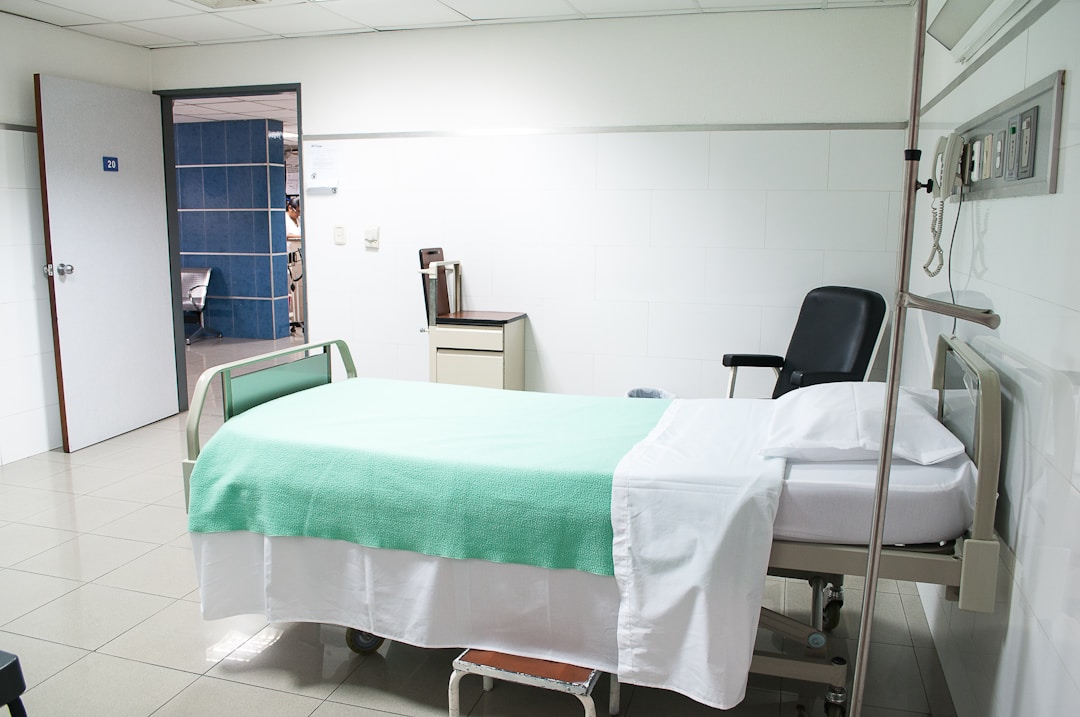ChartFlow Team
Every medication label on a prescription bottle or container should have a label from the pharmacy or hospital including a long list of information. All healthcare workers should be familiar with what those labels need to include.
If you are a Medication Aide or Pharmacy Technician student, this is information you’ll have to memorize.
If you’re a Simulation Lab Coordinator printing your own medication labels, you should follow this format with fake information. Never use real information from actual humans. If you need some guidance on how to do this, check out our blog on how to print your own practice medication labels.
According to the North Carolina Board of Pharmacy, here is a list of information that should be on every prescription container:
1. Name and address of the dispensing pharmacy.
2. Serial number of the prescription.
3. Date of the prescription.
4. Name of the prescriber.
5. Name of the patient.
6. Name and strength of the drug.
7. The generic name of the drug, even if the generic drug is unavailable to dispense or even if the substitution of a generic drug is not authorized.
8. Directions for use.
9. Appropriate cautionary statements.
10. “Filled by” or “dispensed by” with the name of the dispensing pharmacist. The name must include, at a minimum, the first initial and full last name of the dispensing pharmacist.
11. If the dispensed drug is a “tranquilizer or sedative,” it should bear the warning “The consumption of alcoholic beverages while on this medication can be harmful to your health” if the prescriber so directs on the prescription.
12. If the prescription is dispensed in a container other than the manufacturer’s original container, a discard date, which shall be the earlier of one year from the date dispensed or the manufacturer’s expiration date, whichever is earlier.
13. If the prescription is dispensed in the manufacturer’s original container, the label must not obscure the expiration date and storage statement when the product is dispensed in the manufacturer's original container.
Other regions also require the number of refills expected or allowed.
We cover all of this in our textbook for Medication Aide students, but we wanted to list it here for review. We created this example label as an example.
If you’re an instructor looking to create your own labels, we also highly recommend purchasing a template, or a pack of labels, from Etsy. There are a ton of fake prescription templates available for cheap.
If you’re a future Medication Aide, Nurse, or similar level provider, always take note of prescriptions that do not follow this format. If you come across a pill bottle that is missing data, contact a higher level provider for guidance. No medication should ever be given that cannot be verified accurately against the medication order.
And if you need an example of what should be included in a medication order, check out our blog here or view our free EHR course for medication aides.
More posts like this



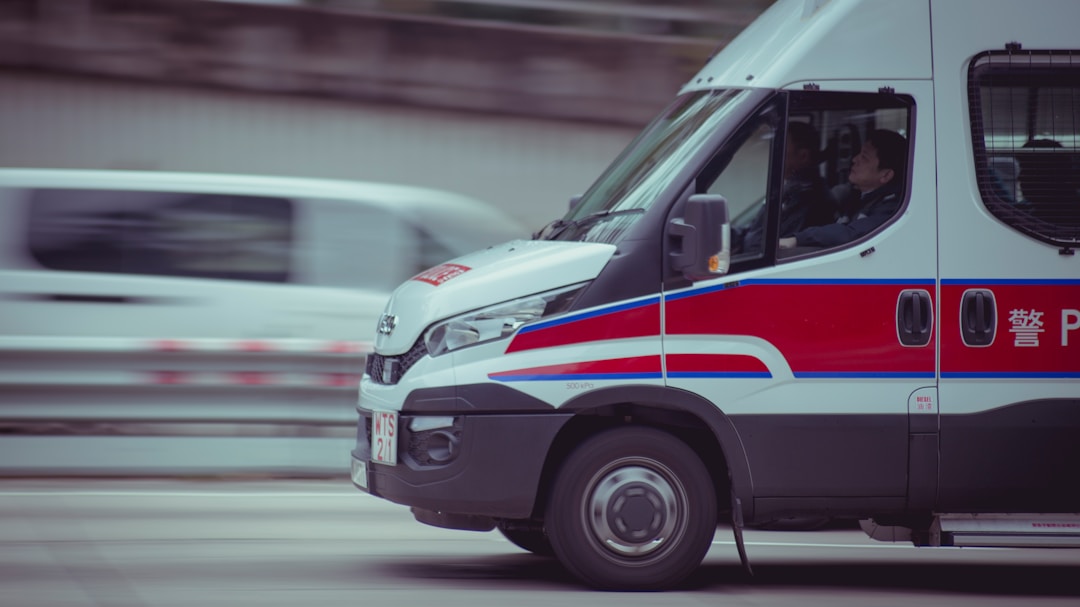

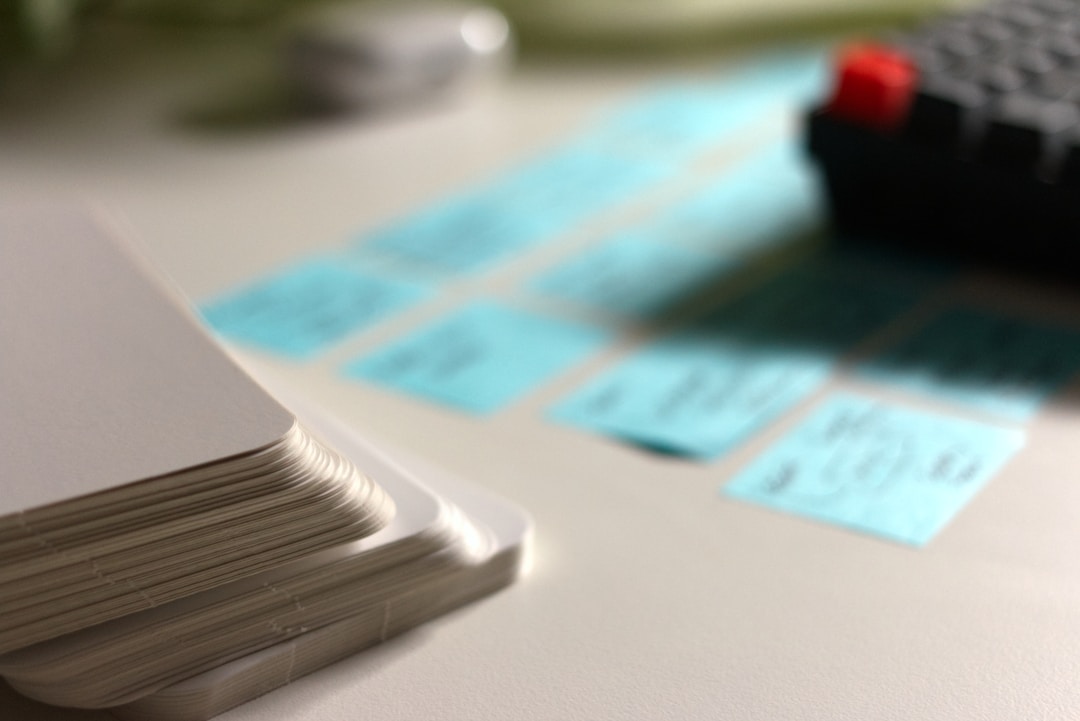
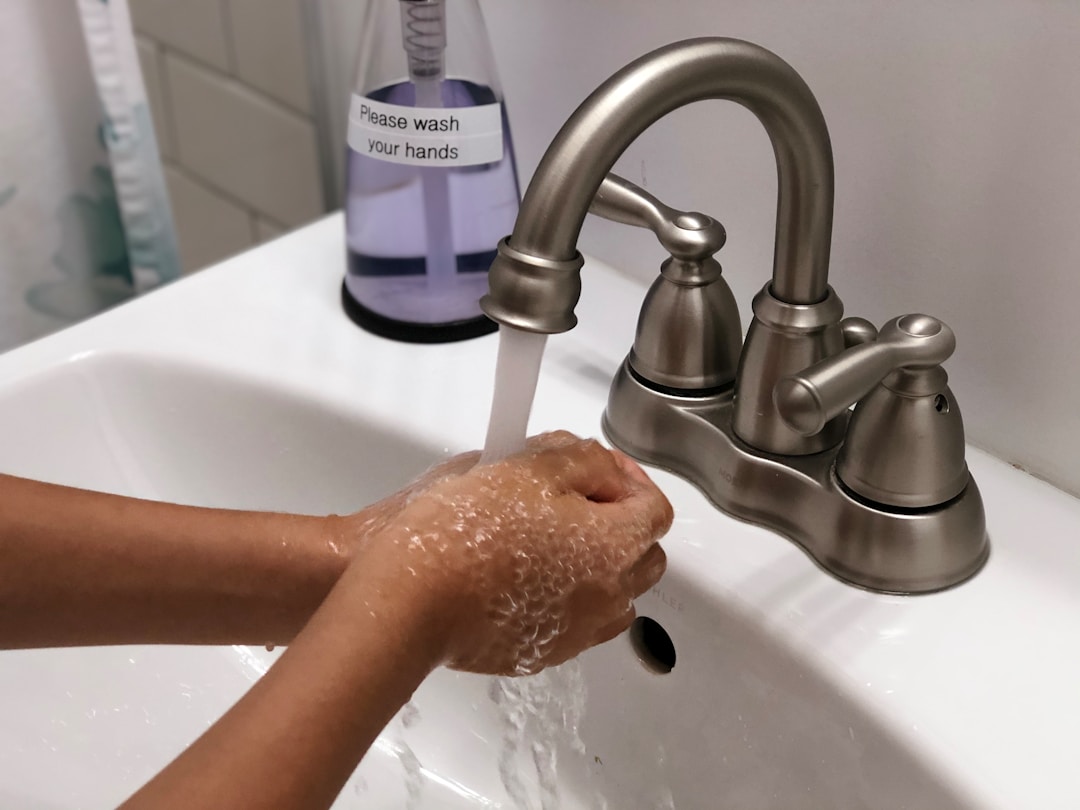
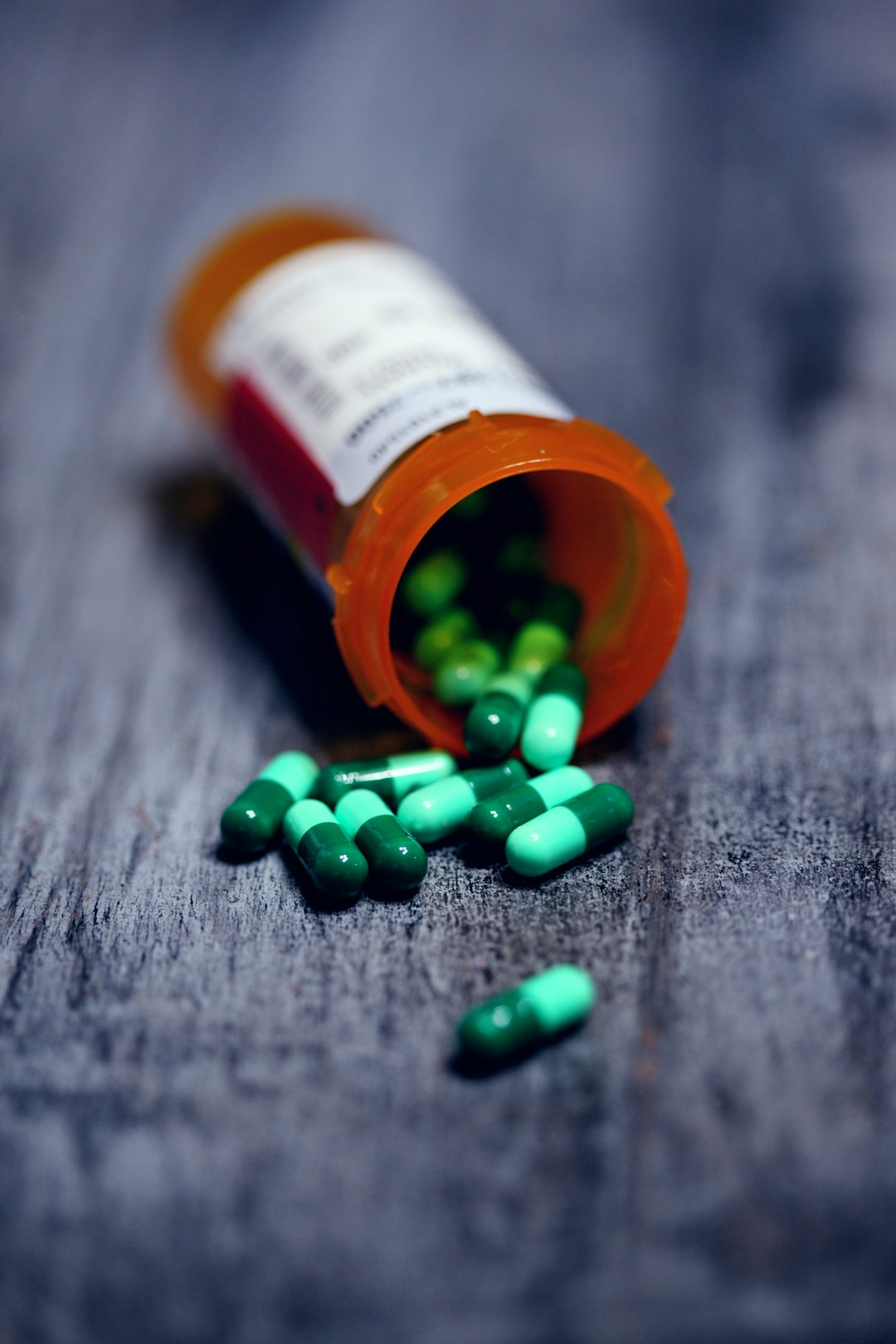


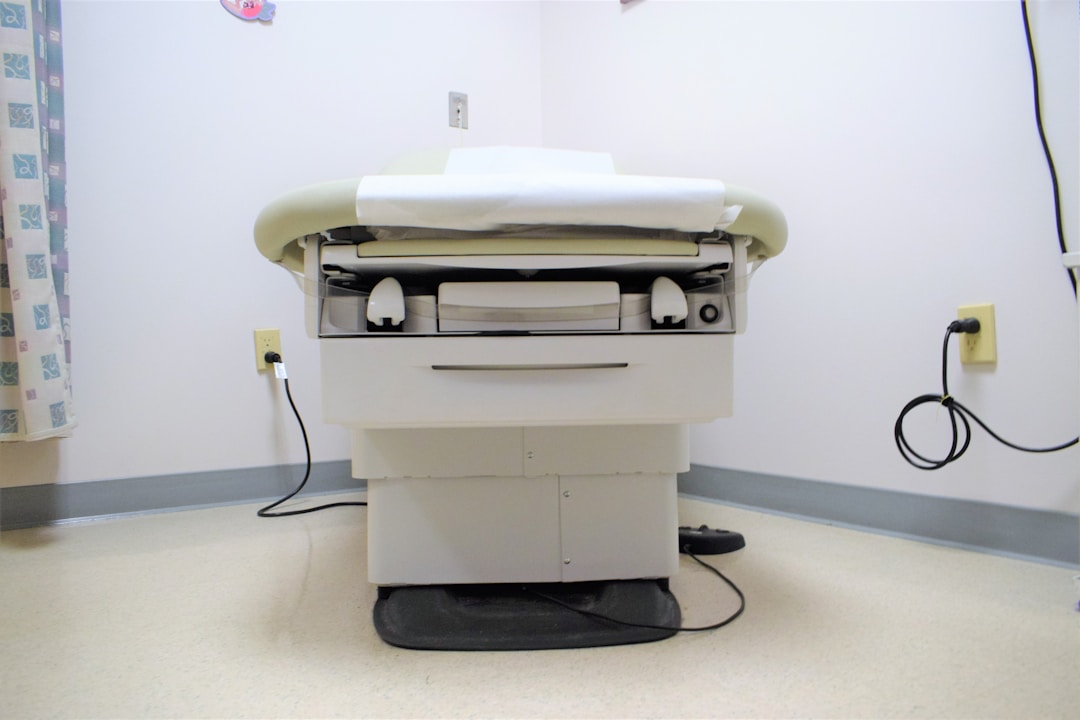
_(2)/w=1080,quality=90,fit=scale-down)



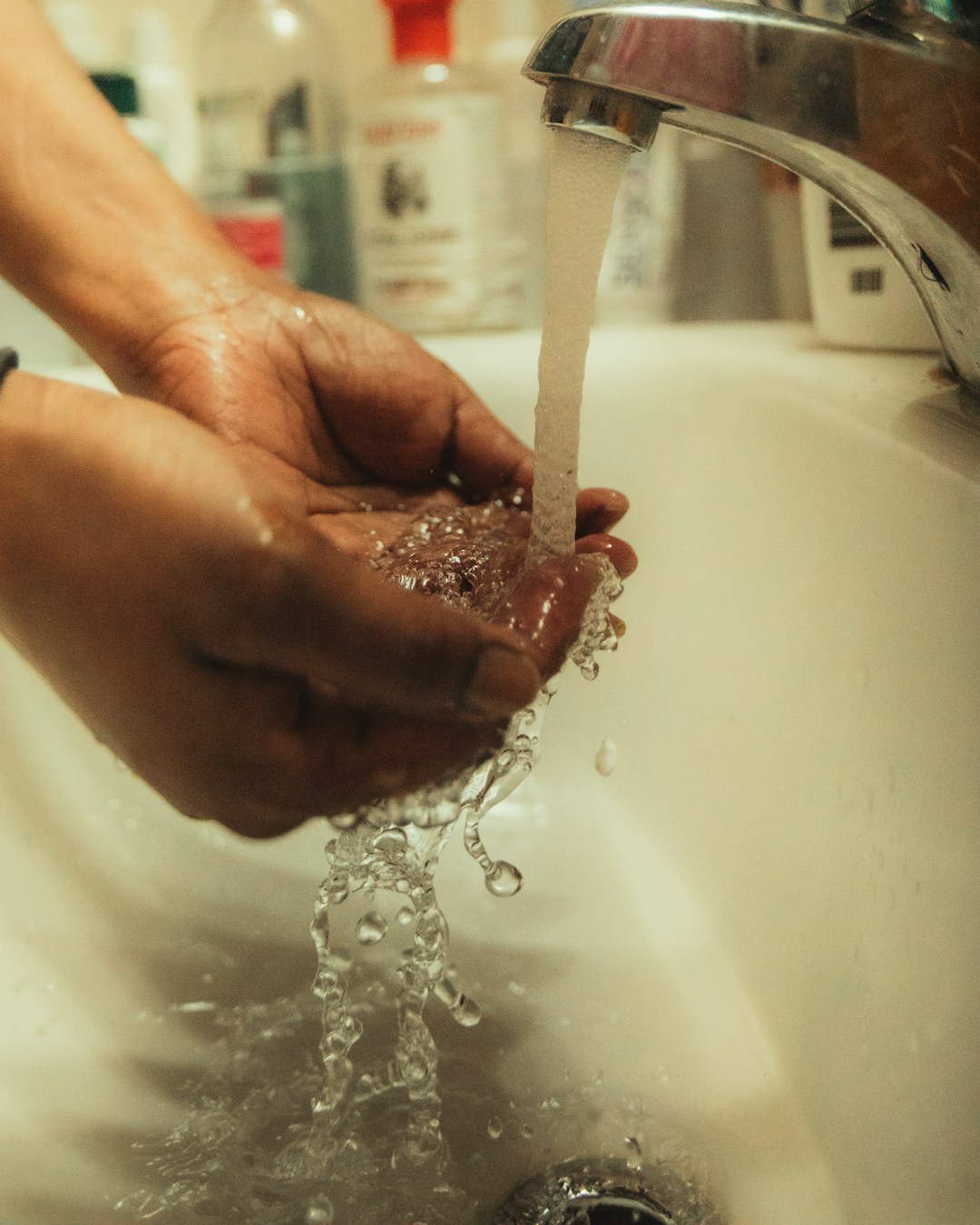
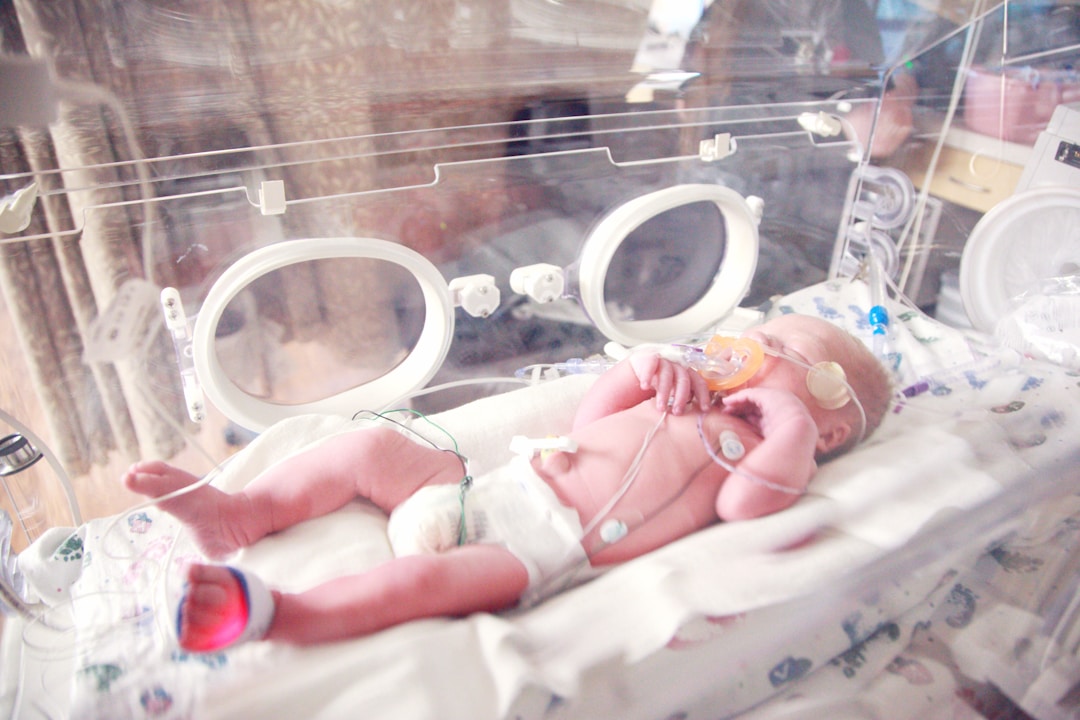

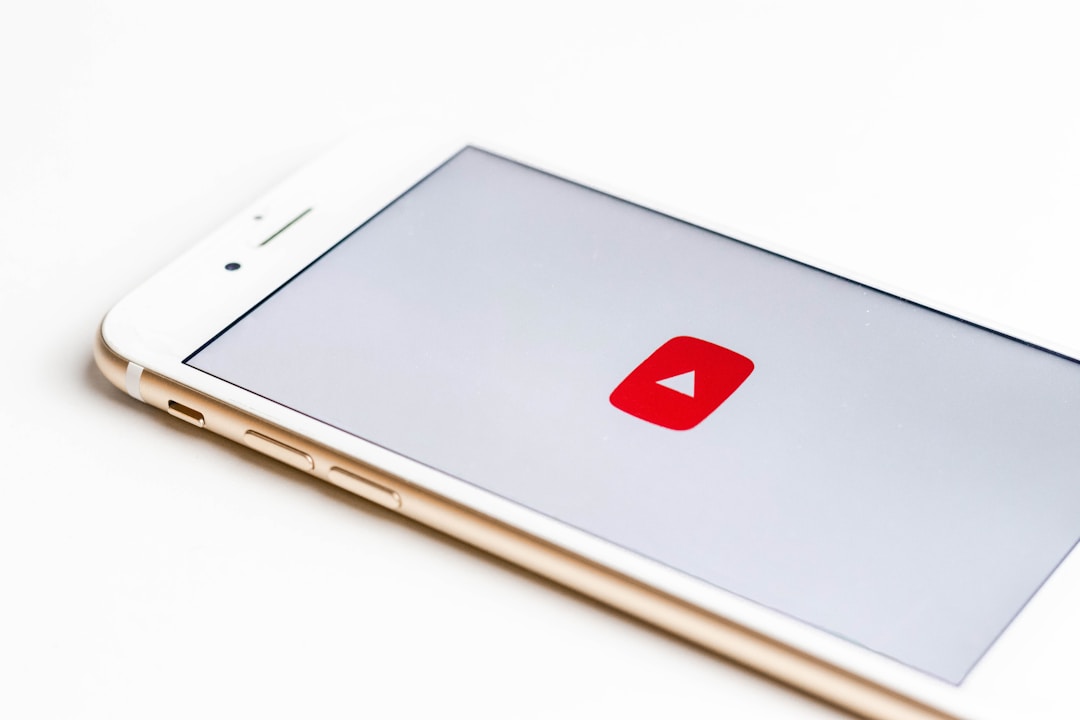

/w=1080,quality=90,fit=scale-down)






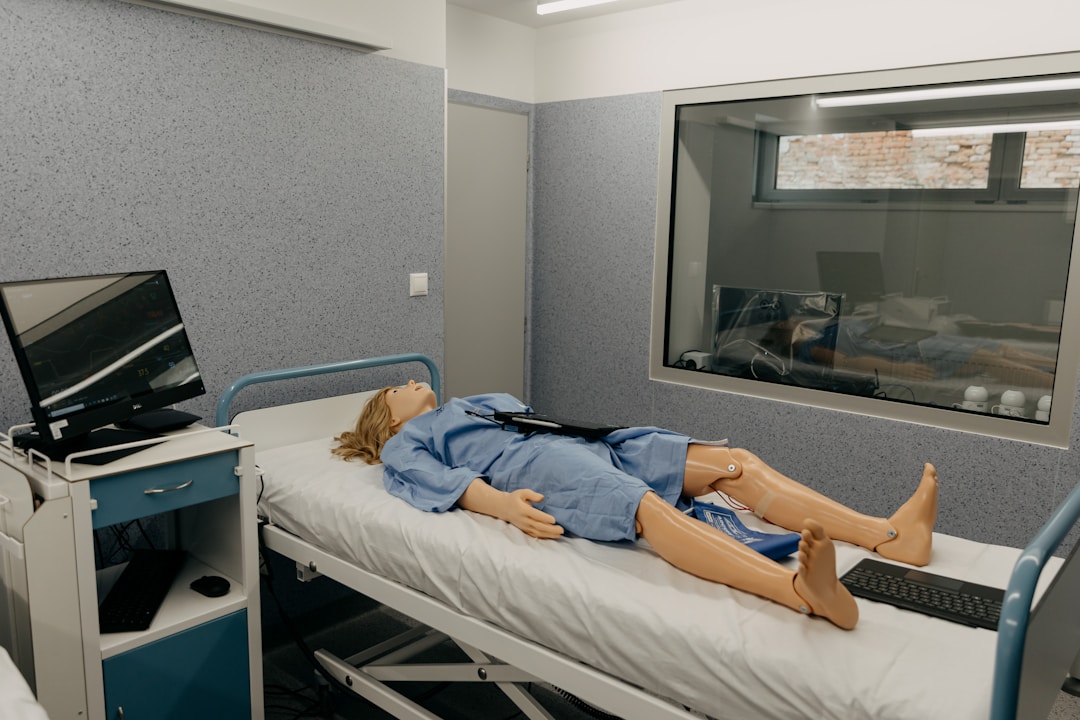







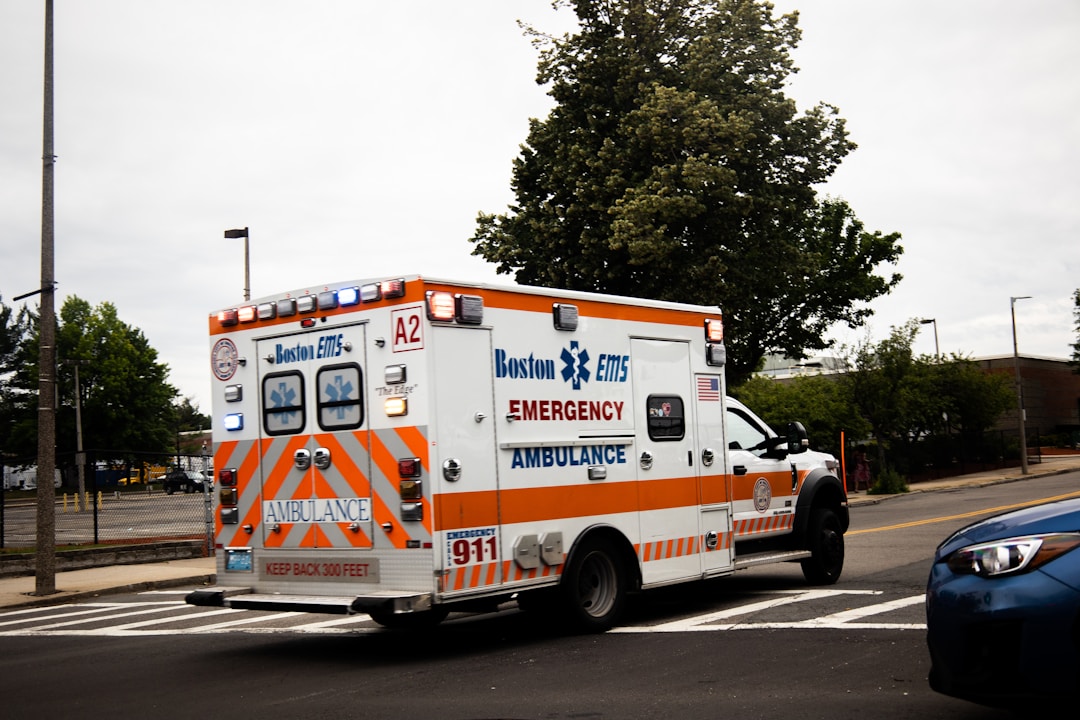


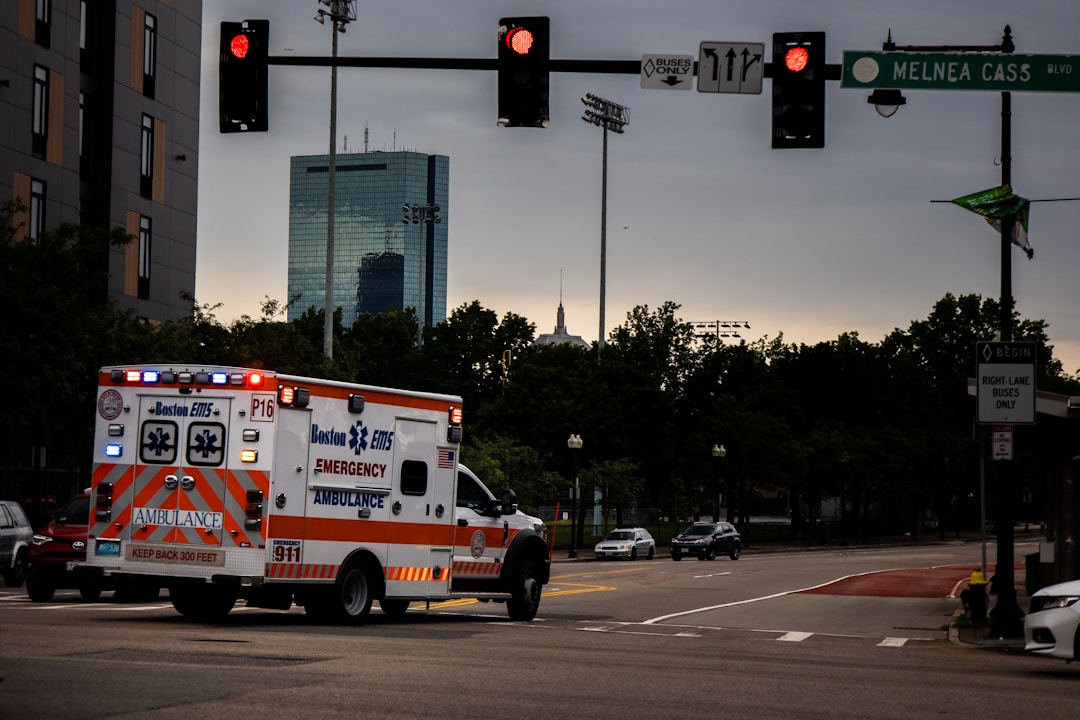
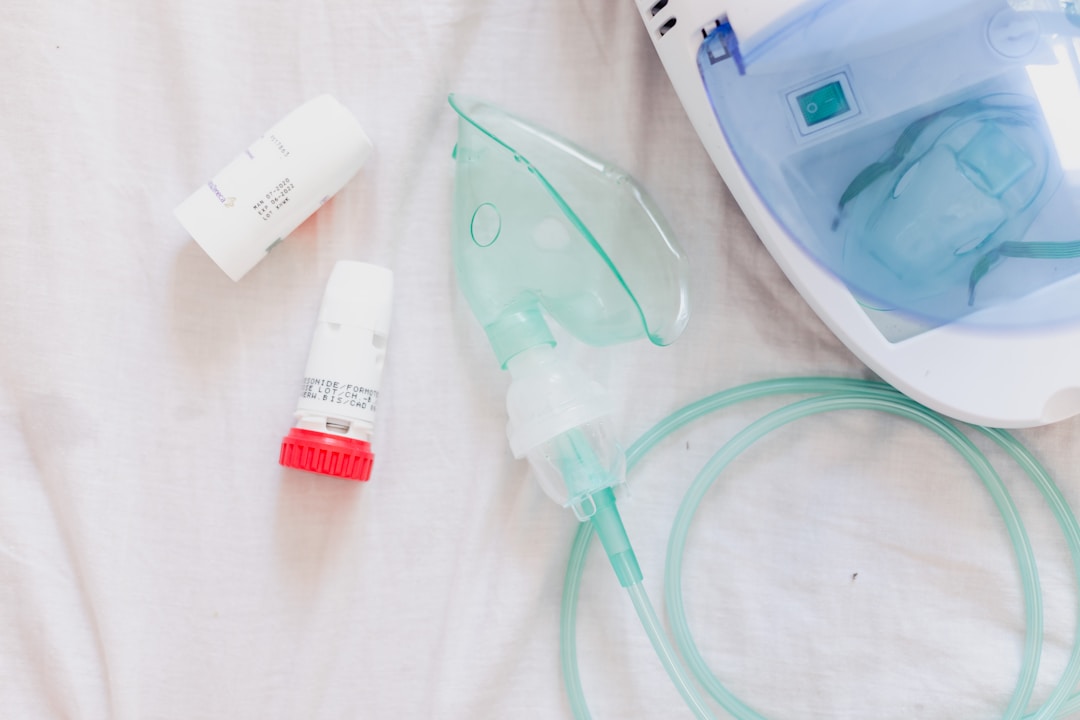

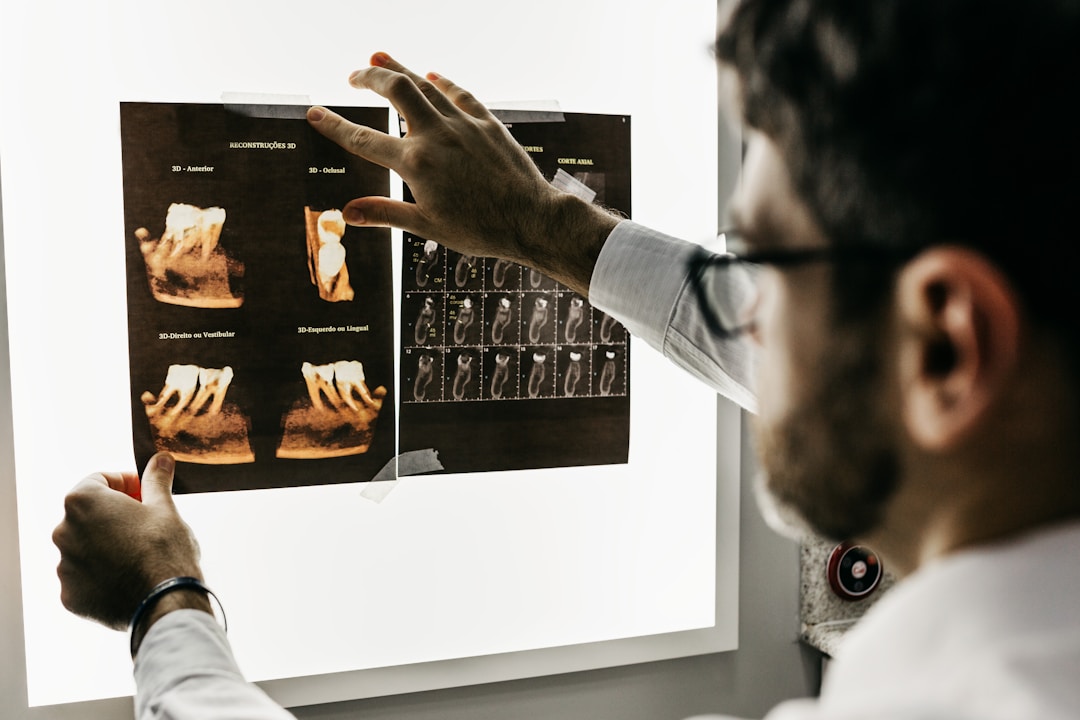
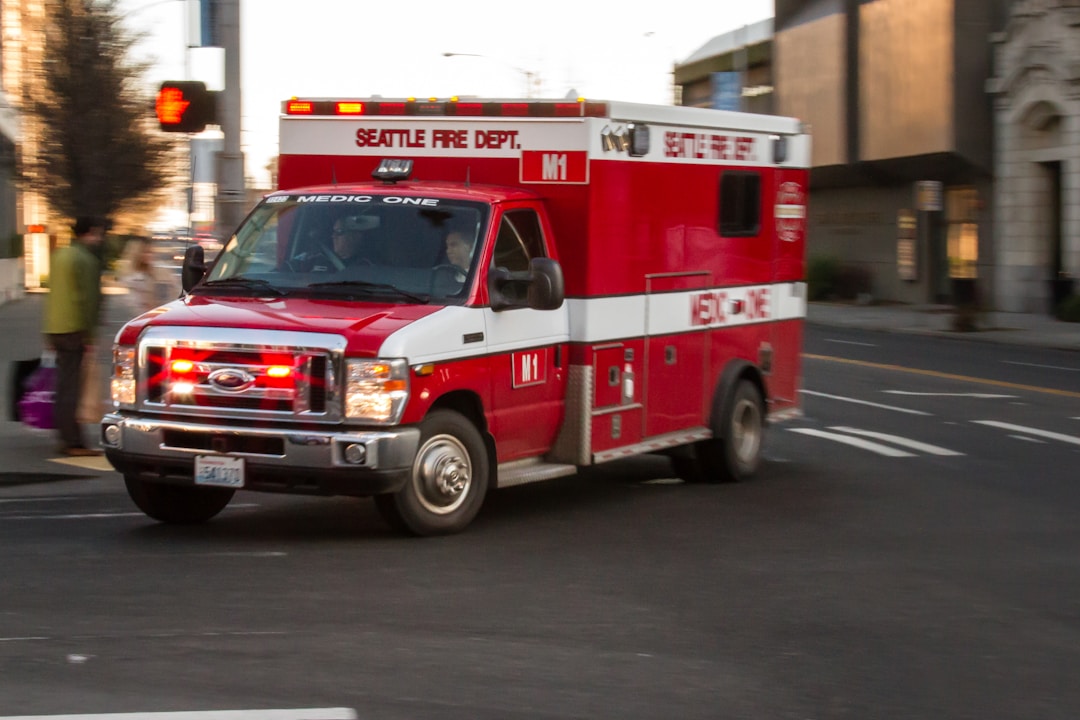
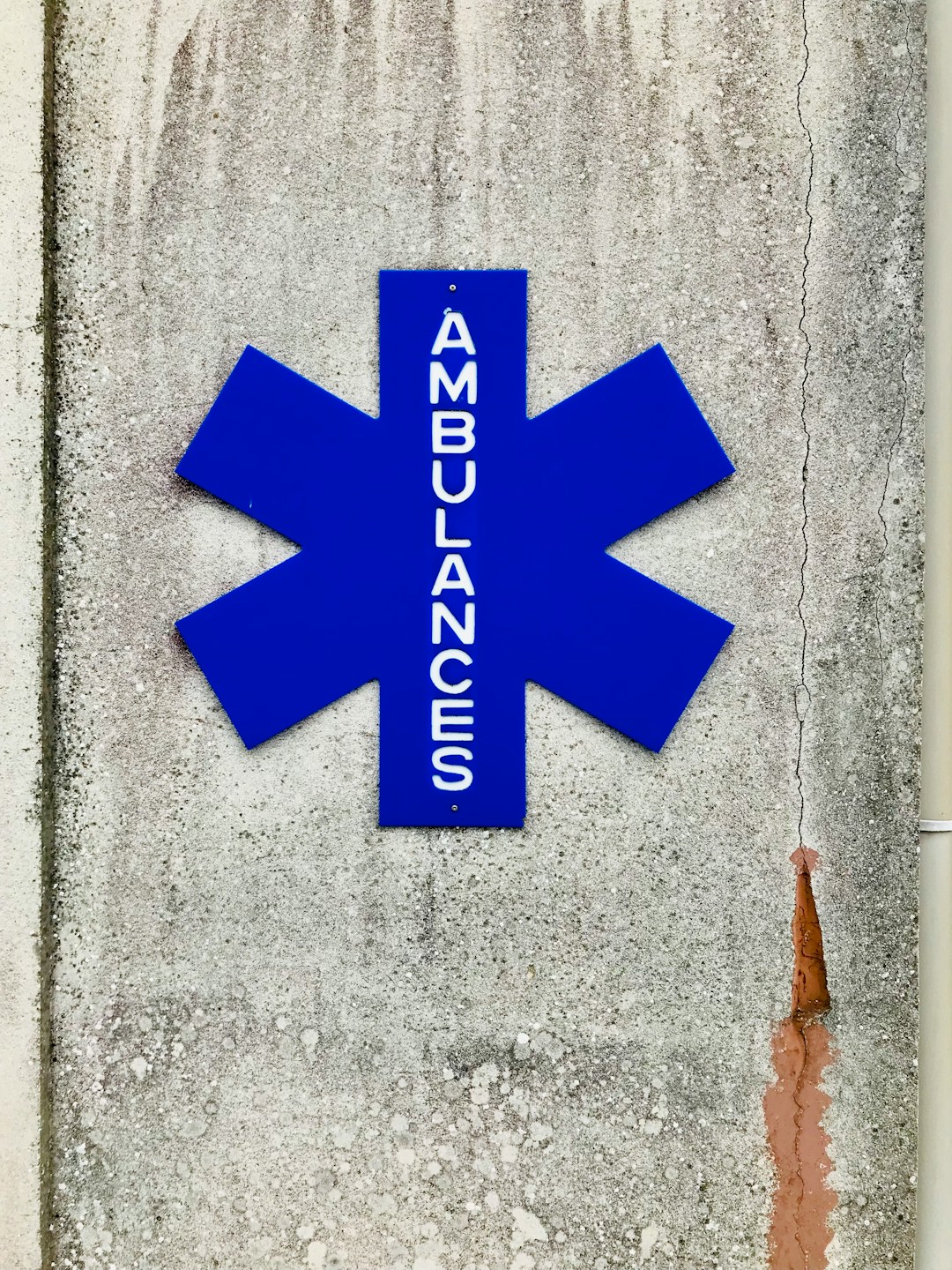





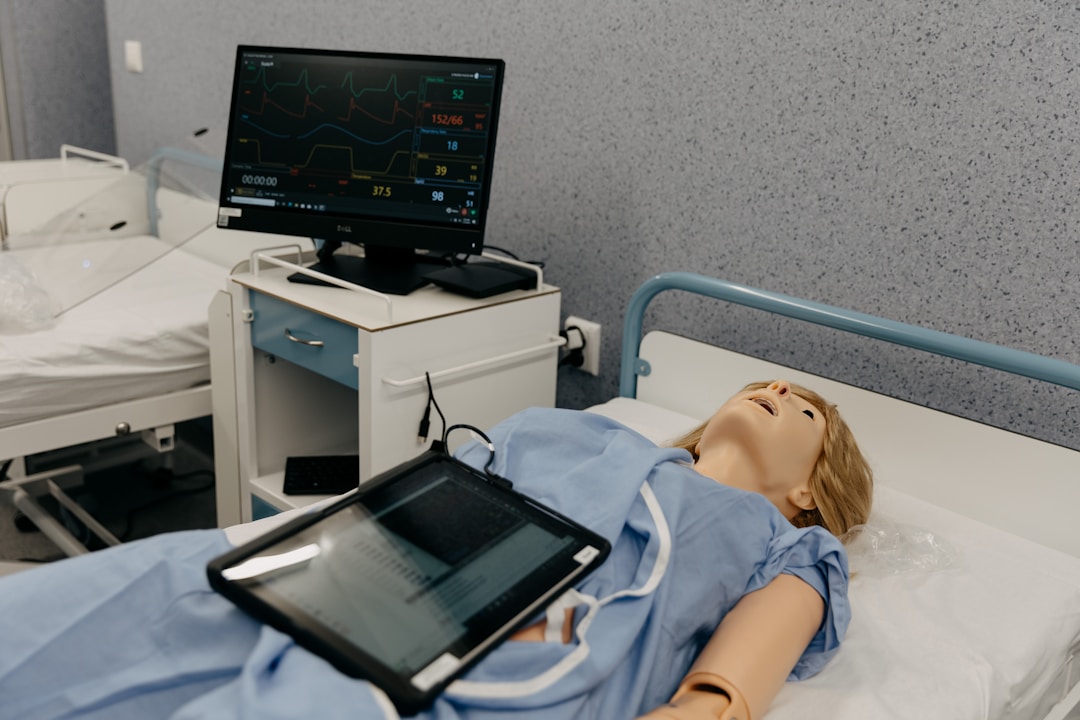



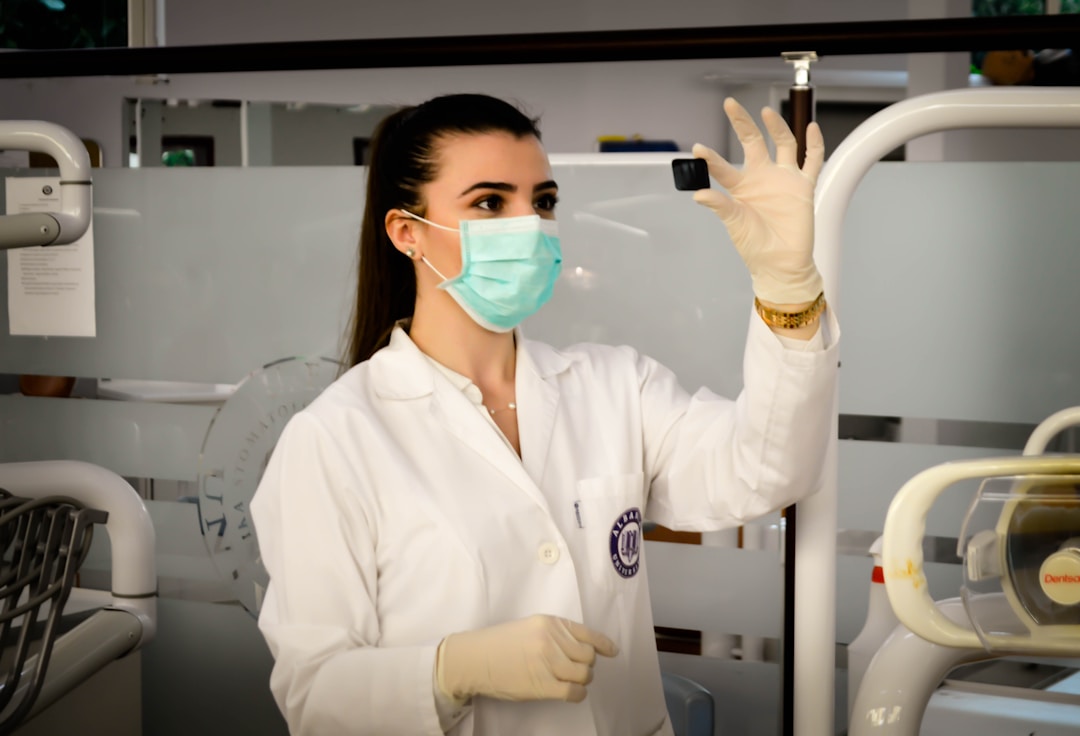




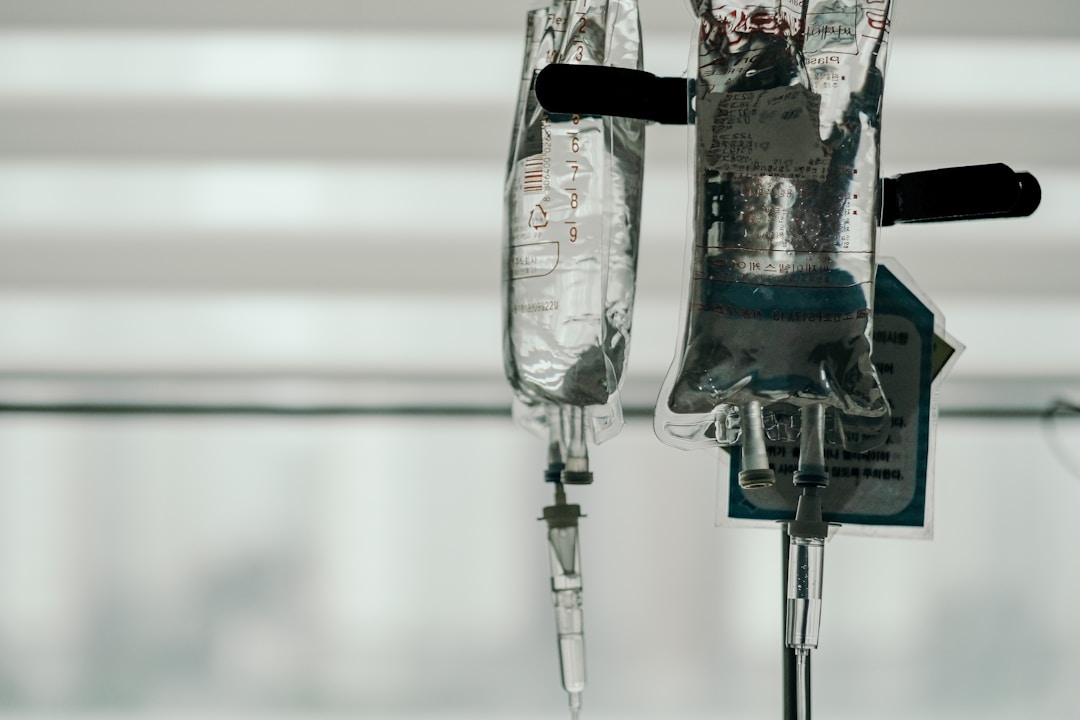


/w=1080,quality=90,fit=scale-down)
_(1)/w=1080,quality=90,fit=scale-down)









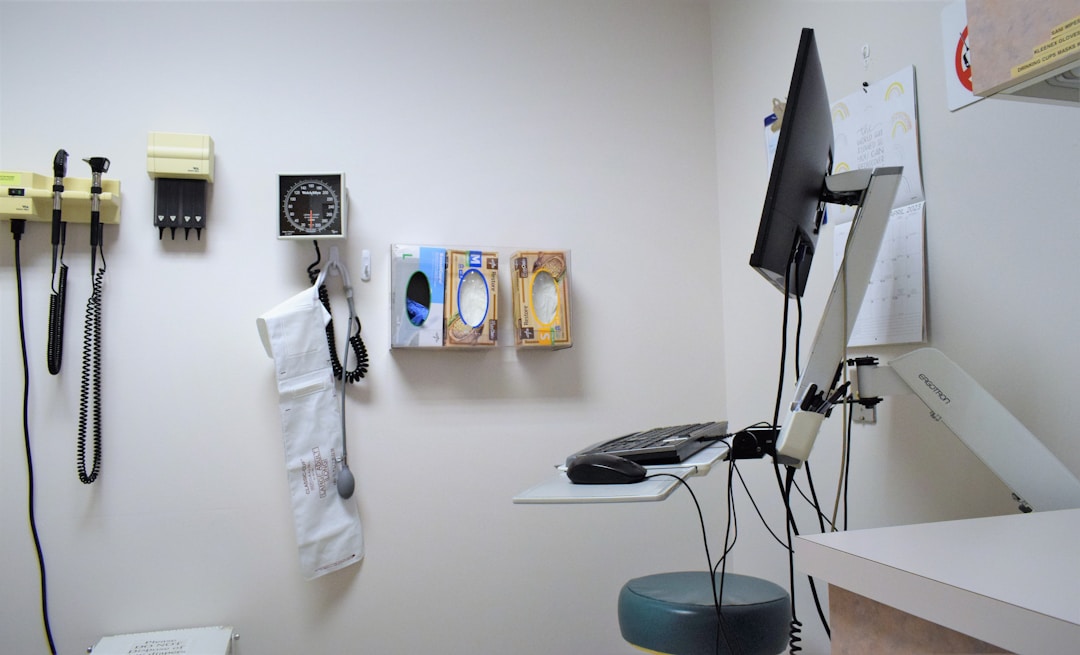



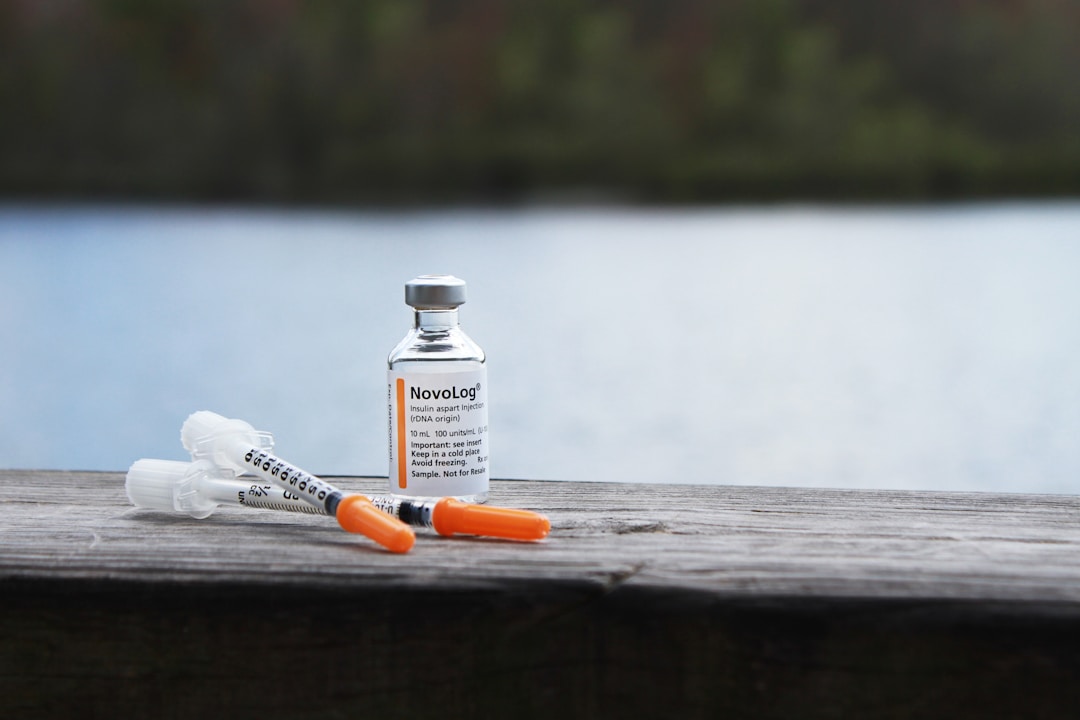
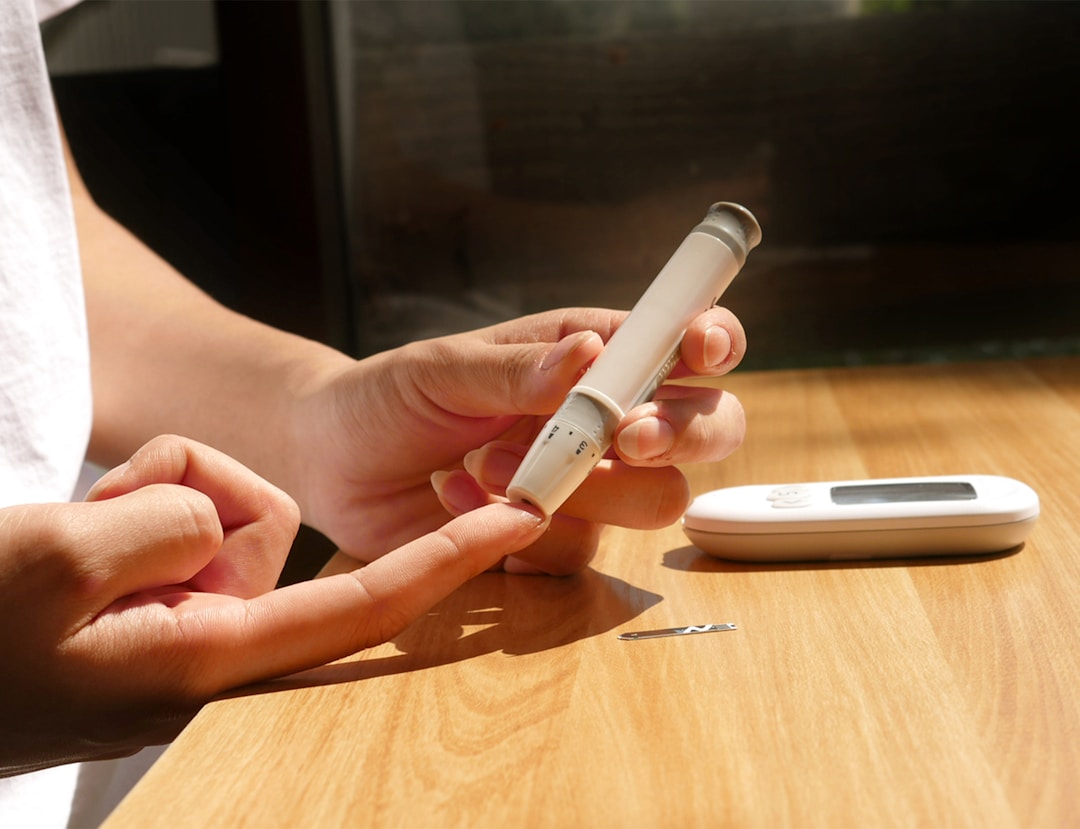








/w=1080,quality=90,fit=scale-down)




